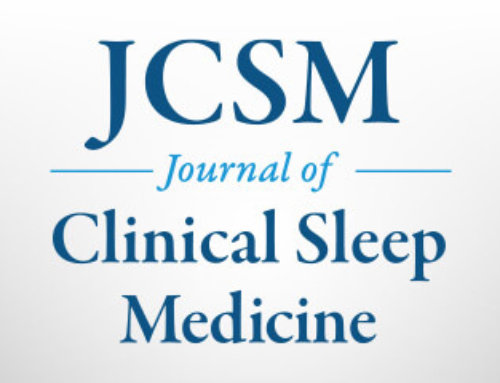EMBARGOED FOR RELEASE
June 9, 2008, at 12:01 a.m.
CONTACT:
Kathleen McCann
(708) 492-0930, ext. 9316
WESTCHESTER, Ill. – High school students with a delayed school start time are more likely to take advantage of the extra time in bed, and less likely to report daytime sleepiness, according to a research abstract that will be presented on Monday at SLEEP 2008, the 22nd Annual Meeting of the Associated Professional Sleep Societies (APSS).
The study, authored by Zaw W. Htwe, MD, of Norwalk Hospital’s Sleep Disorders Center in Norwalk, Conn., focused on 259 high school students who completed the condensed School Sleep Habits Questionnaire. Prior to the delay, students reported sleeping a mean of 422 minutes (7.03 hours) per school night, with a mean bed-time of 10:52 p.m. and a mean wake-up time as 6:12 a.m.
According to the results, after a 40-minute delay in the school start time from 7:35 a.m. to 8:15 a.m., students slept significantly longer on school nights. Total sleep time on school nights increased 33 minutes, which was due mainly to a later rise time. These changes were consistent across all age groups. Students’ bedtime on school nights was marginally later, and weekend night sleep time decreased slightly. More students reported “no problem” with sleepiness after the schedule change.
“Following a 40-minute delay in start time, the students utilized 83 percent of the extra time for sleep. This increase in sleep time came as a result of being able to ‘sleep in’ to 6:53 a.m., with little delay in their reported school night bedtime. This study demonstrates that students given the opportunity to sleep longer, will, rather than extend their wake activities on school nights,” said Mary B. O’Malley, MD, PhD, corresponding author of the study.
It is recommended that adolescents get nine hours of nightly sleep.
The American Academy of Sleep Medicine (AASM) offers the following tips to adolescents on how to get a good night’s sleep:
- Follow a consistent bedtime routine.
- Establish a relaxing setting at bedtime.
- Get a full night’s sleep every night.
- Avoid foods or drinks that contain caffeine, as well as any medicine that has a stimulant, prior to bedtime.
- Do not stay up all hours of the night to “cram” for an exam, do homework, etc. If after-school activities are proving to be too time-consuming, consider cutting back on these activities.
- Keep computers and TVs out of the bedroom.
- Do not go to bed hungry, but don’t eat a big meal before bedtime either.
- Avoid any rigorous exercise within six hours of your bedtime.
- Make your bedroom quiet, dark and a little bit cool.
- Get up at the same time every morning.
Those who suspect that they might be suffering from a sleep disorder are encouraged to consult with their primary care physician or a sleep specialist.
More information about “teens and sleep”, including a new questionnaire that assesses the level of sleepiness in adolescents, is available from the AASM at: https://www.SleepEducation.com/Topic.aspx?id=71.
The annual SLEEP meeting brings together an international body of 5,000 leading researchers and clinicians in the field of sleep medicine to present and discuss new findings and medical developments related to sleep and sleep disorders.
More than 1,150 research abstracts will be presented at the SLEEP meeting, a joint venture of the AASM and the Sleep Research Society. The three-and-a-half-day scientific meeting will bring to light new findings that enhance the understanding of the processes of sleep and aid the diagnosis and treatment of sleep disorders such as insomnia, narcolepsy and sleep apnea.
SleepEducation.com, a patient education Web site created by the AASM, provides information about various sleep disorders, the forms of treatment available, recent news on the topic of sleep, sleep studies that have been conducted and a listing of sleep facilities.
Abstract Title: Sleep Patterns of High School Students Before and After Delayed School Start Time
Presentation Date: Monday, June 9
Category: Pediatrics
Abstract ID: 0226
# # #








